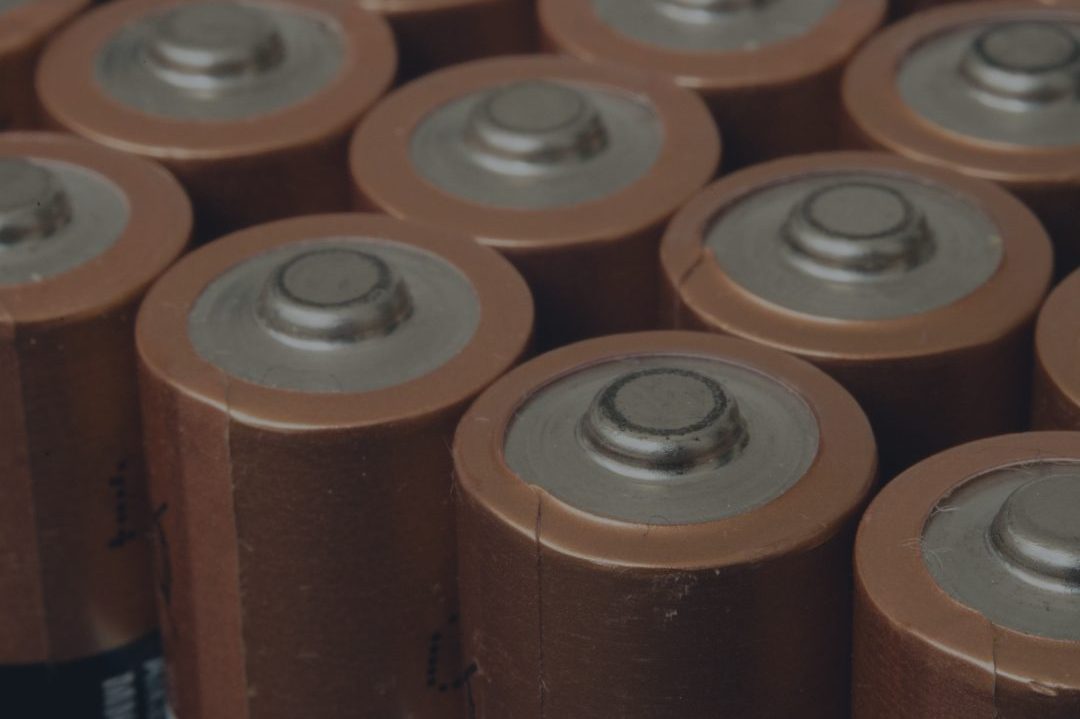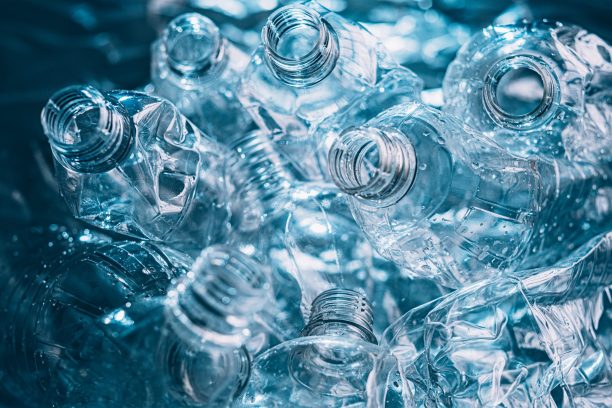EPR Assessment of Batteries and Accumulators
- 09. November 2022
- Blog
The European WEEE Directive 2006/66/EC covers Batteries and Accumulators and Waste Batteries and Accumulators. However, a draft directive is currently under development that may add an additional battery type for electric vehicles and introduce further duties for producers. This article will focus on the directive in force.
Battery types considered are portable batteries and accumulators, also called household batteries, as well as industrial and automotive batteries and accumulators. For simplification, only the term battery will be used from here forward, although accumulators are always part of the logic.
When looking at EPR obligations, (amongst others) three criteria are relevant for a preliminary assessment:
1) Does the company match the producer and/or distributor definition?
2) Are the batteries in the scope of the regulations?
3) Are the batteries in question portable, industrial, or automotive batteries?
When a company matches the producer and/or distributor definition and has EPR obligations, it is essential to look at criteria 2) and 3). Article 2 of the European Battery Directive specifies only two exclusion categories for the scope. Hence, the only batteries not subjected to producer obligations are either designed to be sent into space or batteries explicitly intended for military purposes such as for “arms, munitions, and war materials”.
Moving to criterion 3), the definition of the battery is based on the product’s characteristics. Portable batteries are defined as any battery, button cell, battery pack, or accumulator that is sealed, can be hand-carried, and is neither an industrial nor an automotive battery. Industrial batteries are designed exclusively for industrial or professional uses or as part of electric vehicles. Thus, interestingly, batteries of electric cars are not automotive batteries. This also becomes apparent when looking at the last definition. Automotive batteries are used for starting, lighting, and ignition in motor vehicles. Automotive batteries are, by definition, not used for propulsion.
In practice, differentiation can be more complex than it sounds. For example, depending on the waste management infrastructure per country, some schemes may demand batteries that are arguably used for industrial purposes to be reported as portable batteries, as they, in practice, will end up in that household waste stream and recycling process. Moreover, suppose a battery is sold both for industrial uses and for households. In that case, a classification of all such batteries as portable is extremely likely as the definition speaks of an “exclusively industrial or professional use”. In addition, some countries even make a distinction based on weight. For example, a portable battery in the UK should weigh 4 KG or below.
RLG can help you with scoping questions and ensure that your products are reported correctly. Contact us!









